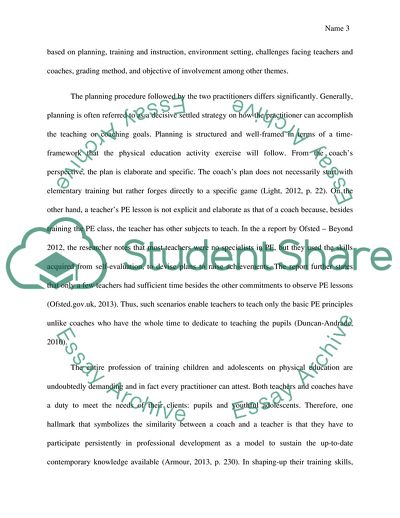Cite this document
(Roles of Teachers in Relation to Working with Young People Assignment, n.d.)
Roles of Teachers in Relation to Working with Young People Assignment. https://studentshare.org/sociology/1843565-coaching-and-teaching-practicesprinciples
Roles of Teachers in Relation to Working with Young People Assignment. https://studentshare.org/sociology/1843565-coaching-and-teaching-practicesprinciples
(Roles of Teachers in Relation to Working With Young People Assignment)
Roles of Teachers in Relation to Working With Young People Assignment. https://studentshare.org/sociology/1843565-coaching-and-teaching-practicesprinciples.
Roles of Teachers in Relation to Working With Young People Assignment. https://studentshare.org/sociology/1843565-coaching-and-teaching-practicesprinciples.
“Roles of Teachers in Relation to Working With Young People Assignment”. https://studentshare.org/sociology/1843565-coaching-and-teaching-practicesprinciples.


